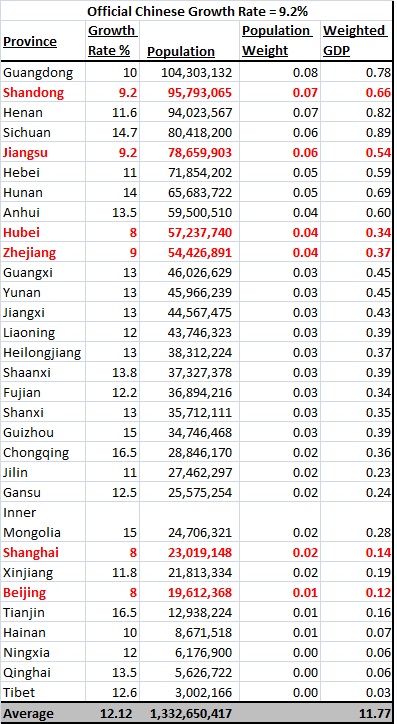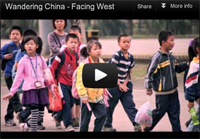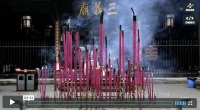Communication without considering that feedback is an integral part of the chain can be short-sighted. Populist mouthpiece (with a 1.7m circulation and a substantial diasporic Chinese readership) Global Times performs its role in a soft power flexing of muscle against negative overseas impressions. It strikes back against China-bashing in this op-ed.
The words uttered by Romney are like those of young cynics on the Internet. If he does what he has promised, he will become a president that holds extremely nationalistic views toward trade with China and may trigger a trade war between the two nations. The US economy, in its current state, wouldn’t be able to stand such consequences…
As US elections often involve China-bashing, China cannot remain out of the affair. China should play a role in the elections and correct the attitude of both candidates and the American public toward China.
– – –
Election rhetoric drives China to speak out
Op-Ed
Source – Global Times, published September 21, 2012
Campaigns for the US presidential election are well underway. Both the Republican candidate Mitt Romney and President Barack Obama are competing for the toughest stance involving China. Romney promised to take action against China on his first day of office if elected, and Obama took the relay baton by bringing up a trade case at the WTO against China’s automobile industry.
It’s an old story, China becoming a political card to play in US elections. This year, Romney and Obama seem to be playing it more heavily.
China has been blamed for the US’ falling unemployment rate and taking jobs from Americans. Read the rest of this entry »
Filed under: Beijing Consensus, Charm Offensive, Chinese Model, Communications, Culture, Economics, Finance, global times, Government & Policy, Influence, International Relations, Mapping Feelings, Media, Nationalism, Peaceful Development, Politics, Public Diplomacy, Soft Power, Strategy, Tao Guang Yang Hui (韬光养晦), The Chinese Identity, The construction of Chinese and Non-Chinese identities, Trade, U.S., China's Rise, International Relations, Nationalism, Politics, Propaganda, Public Diplomacy, Trade, U.S.













The Sharing Circle